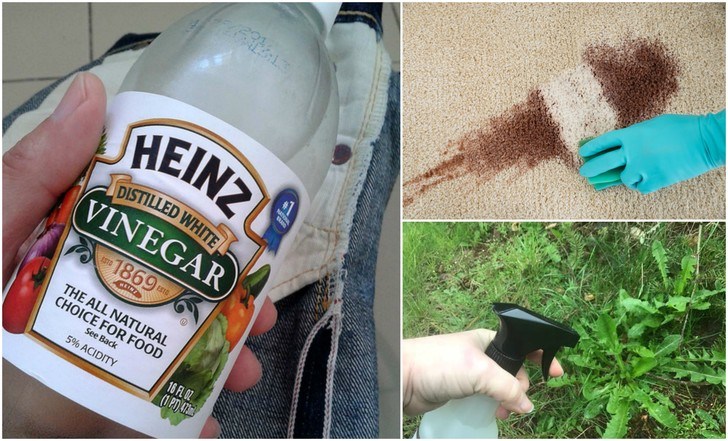
Image Credit: Perry Goh @ Flickr
Vinegar is known for having a wide variety of purposes, from cooking to cleaning, and it’s been around for thousands of years.
In fact, even before 5000 BC, ancient Babylonians used it as a cleaning agent.
In the process, they discovered that it had the ability to slow or stop the action of bacteria which spoils food, and put it to use as a preservative.
The ancient Greeks, Romans, and Egyptians used it as a preservative as well, and Helen of Troy was even said to have used it to bathe in to help her relax.
The ingredient in this totally natural food that makes it so useful is acetic acid, and it makes up about 5 percent of the finished product, which is both cheap and versatile.
So versatile, that you’ll find it offers a practically endless list of surprising uses, including these.
1. Removing bumper stickers
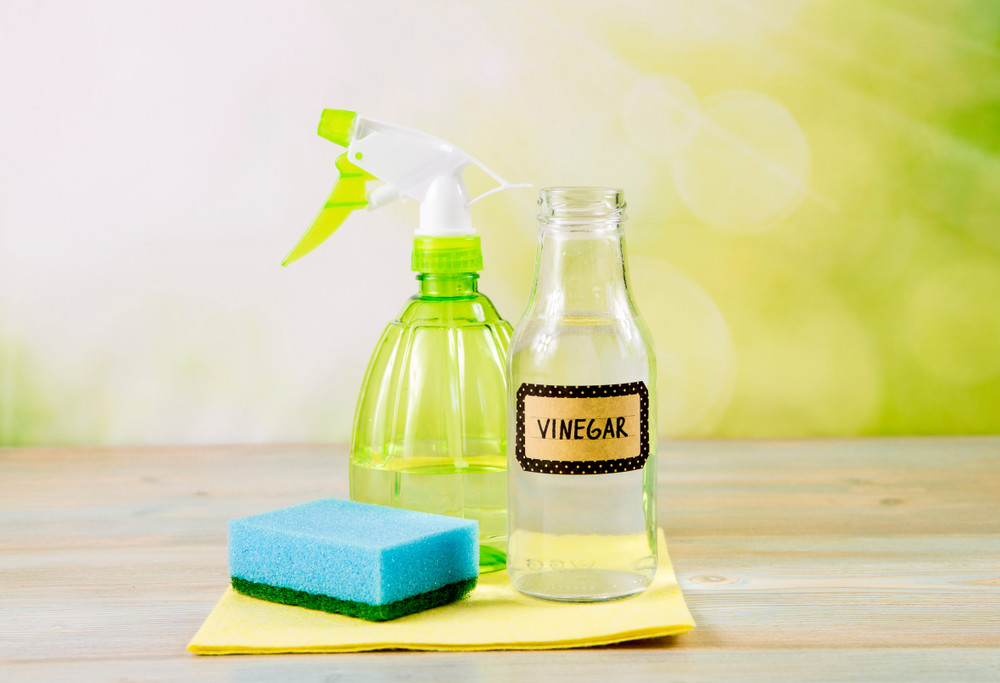
What happens when you place a bumper sticker on your car, and then months later realize that it’s no longer something you want to tell the world, or at least people you commute next to?
Scraping it off isn’t easy, unless you use white vinegar.
All you have to do is pour some white vinegar into a spray bottle and spray the sticker with it, saturating the entire thing.
Allow it to sit for a few hours and it will peel off easily.
2. Keep your cat from scratching the furniture

Cats like to scratch furniture to prevent their nails from painfully overgrowing. As they don’t like vinegar and will avoid coming in contact with it, it makes a great option for keeping felines from scratching up your furniture.
First dilute the vinegar in water inside of a spray bottle, using a 50/50 ratio. Then, spray a small amount on the area that your cat tends to scratch.
If you have a problem with cats using your yard or other outdoor areas as a toilet, you can also soak a sponge in vinegar and place it there to keep them away – you may also want to spray the area down with vinegar too.
3. Making natural baby wipes

You can make your own natural baby wipes as an effective alternative to pricey, often chemical-filled wipes.
Most store bought baby wipes have a long list of ingredients, and some have been linked to a higher risk of allergies, development problems, cancer and more.
By making your own baby wipes, you can ensure that your child doesn’t come into contact with those toxic substances.
To make your own, you’ll need:
- Paper towels
- 1 cup boiled water
- ½ cup aloe vera juice
- ½ cup witch hazel
- 1 tablespoon white vinegar
- 1 tablespoon olive oil
- 1 tablespoon liquid castile soap
- Container of your choice
- Use a sharp knife to cut a paper towel roll in half and then place it face down into your container.
- Combine all other ingredients in a bowl and stir thoroughly until well-mixed.
- Pour the solution over the paper towel roll, and allow it to absorb for 10 minutes.
- Now, flip the container over, upside down, and let it absorb for another 10 minutes.
- Return the container to its upright position, and pull the cardboard roll out from inside. This also pulls up the innermost wipe, providing a starting point for each one.
4. Add vinegar to your bath
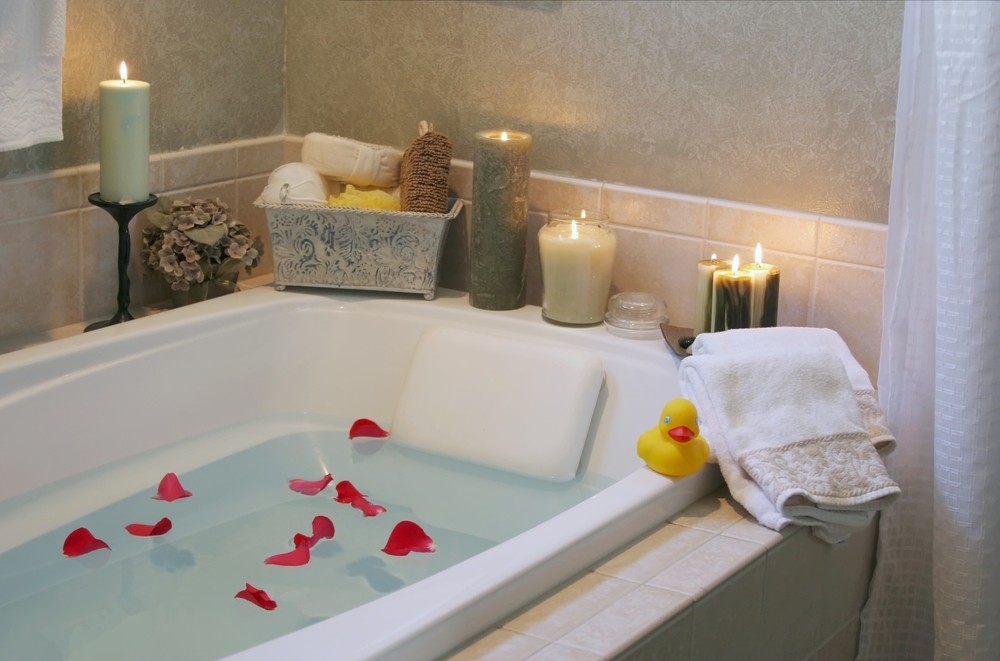
Helen of Troy reportedly used vinegar in her bath to help her relax, and that may partly be because it can be used for a detox bath.
A vinegar bath is particularly helpful if you’re battling candida issues that affect the skin, as the vinegar helps the skin to return an optimal, slightly acidic pH which is a difficult environment for candida and other pathogens to thrive.
The acidity of a vinegar bath also helps to draw excess uric acid (created when the body breaks down certain substances in foods and drinks) out of the body.
While most uric acid is easily eliminated by the kidneys some people, such as those prone to gout, can have issues with excess levels.
A vinegar bath can also offer relief for all sorts of other joint problems, like arthritis, bursitis, or tendonitis.
If you have very sensitive skin, it may be better to use apple cider vinegar as white vinegar has a lower pH, otherwise, white vinegar is a good option.
A vinegar bath is also great for softening the skin and soothing sore muscles – add about 20 drops of lavender essential oil diluted in a carrier oil for added benefits, including relaxation.
5. Weed killer
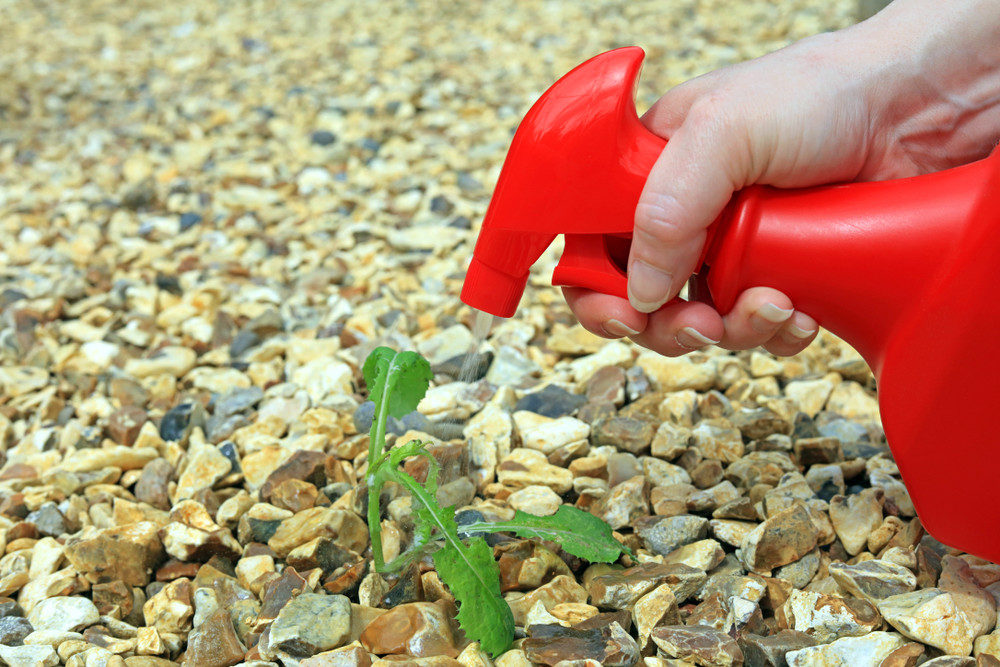
Vinegar is even a great weed killer, thanks to its acetic acid content.
Acetic acid, from any source, is known to eradicate most vegetation as it draws all of the moisture out of the leaf.
If you spray full strength white vinegar directly onto a weed or plant you want to get rid of, you’ll have a withered plant in just a few hours.
Especially tough plants will typically be dead the next day. Keep in mind that it’s non-selective, so you’ll need to be sure and spray only the weeds you want to get rid of, so you may need to cover any plants nearby that you want to keep.
While vinegar won’t move through the plant to get to the root and kill it, like some chemical sprays, the root may die anyway, depending on how mature it is and what variety it is.
Weeds that grow back are typically weaker, however, and most die simply by using a repeat application of vinegar.
Although vinegar can be applied to the soil at full strength to kill the root directly, that’s generally not recommended, because it could end up killing the roots of healthy, desirable plants as well as reduce soil fertility.
6. Extend the life of cut flowers
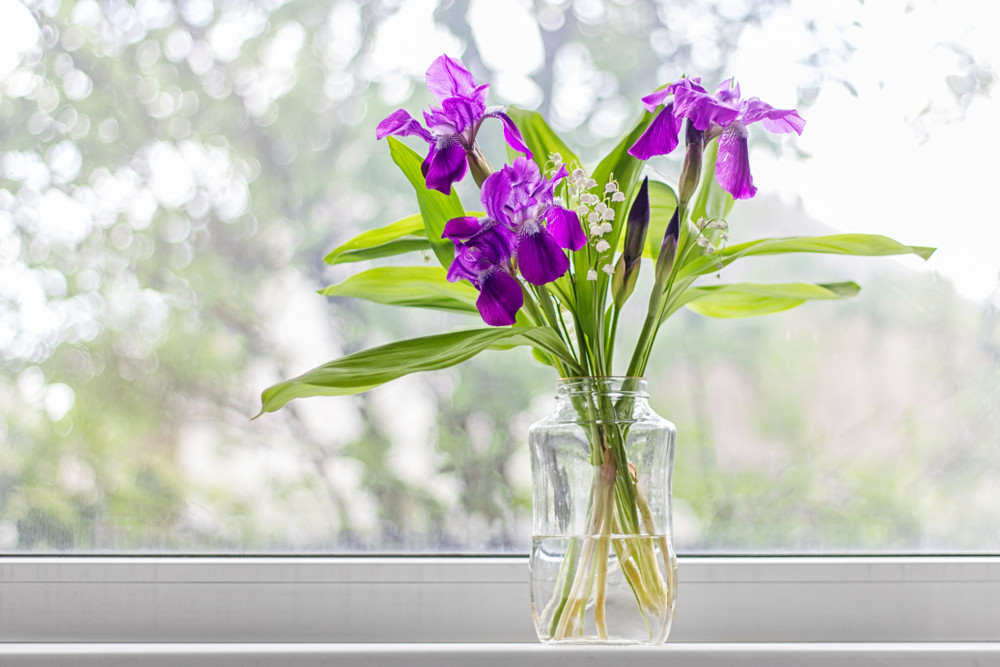
While white vinegar is a great weed killer, it can also extend the life of cut flowers as it lowers the pH of the water.
The lower pH helps the flower absorb more water and creates a hostile environment for microbes. Microbes, which are fed by decaying plant material and any added sugars, cut the life expectancy of flowers.
Sugar is important for any plants, as it’s high in carbs and continues to feed the flowers after they’re cut, helping unopened buds to open while extending the life and vitality of the open flowers.
Use equal parts of dissolved sugar and white vinegar to supply an adequate level of sucrose and acidify the water.
For a quart vase, use two tablespoons of each dissolved white sugar and white vinegar.
7. Cleaning office equipment and electronics
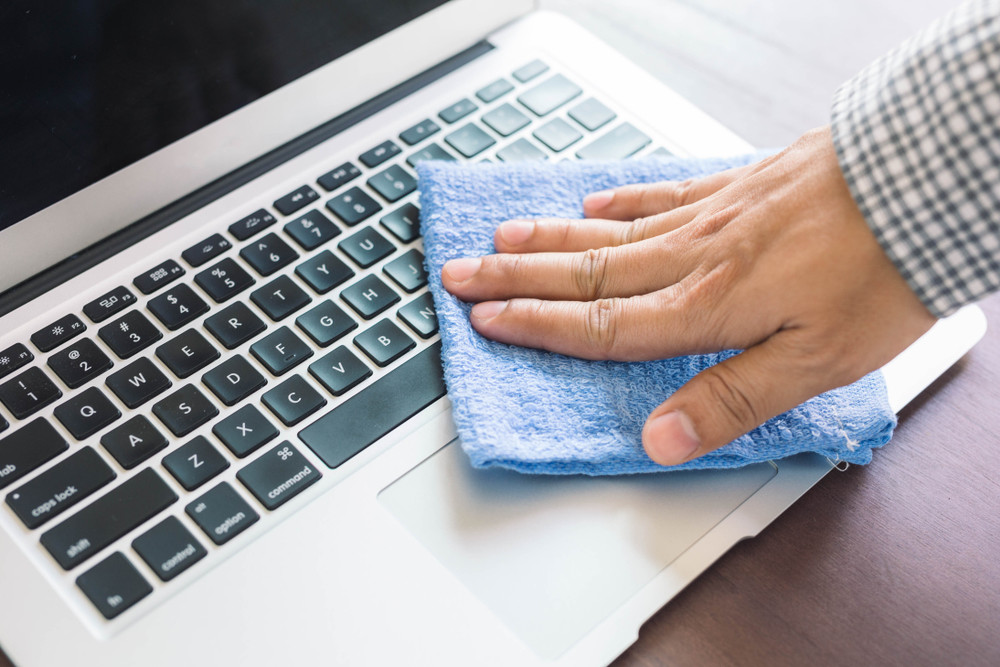
Keeping your laptop, computer, printer and other home office equipment and electronics dust-free can help them stay in good, properly working order.
White vinegar is a great way to do just that.
Before you begin, be sure the item you want to clean is powered off. Then, mix up a solution of equal parts water and white vinegar in a large bowl or bucket.
Do not use a spray bottle as it could cause liquid to seap into the circuits inside.
Instead, dampen a soft, clean cloth in the solution and then squeeze it out as much as possible before using it to clean. You can use cotton swabs for tight spaces, such as the areas around the keys of the keyboard.
8. Cleaning window blinds
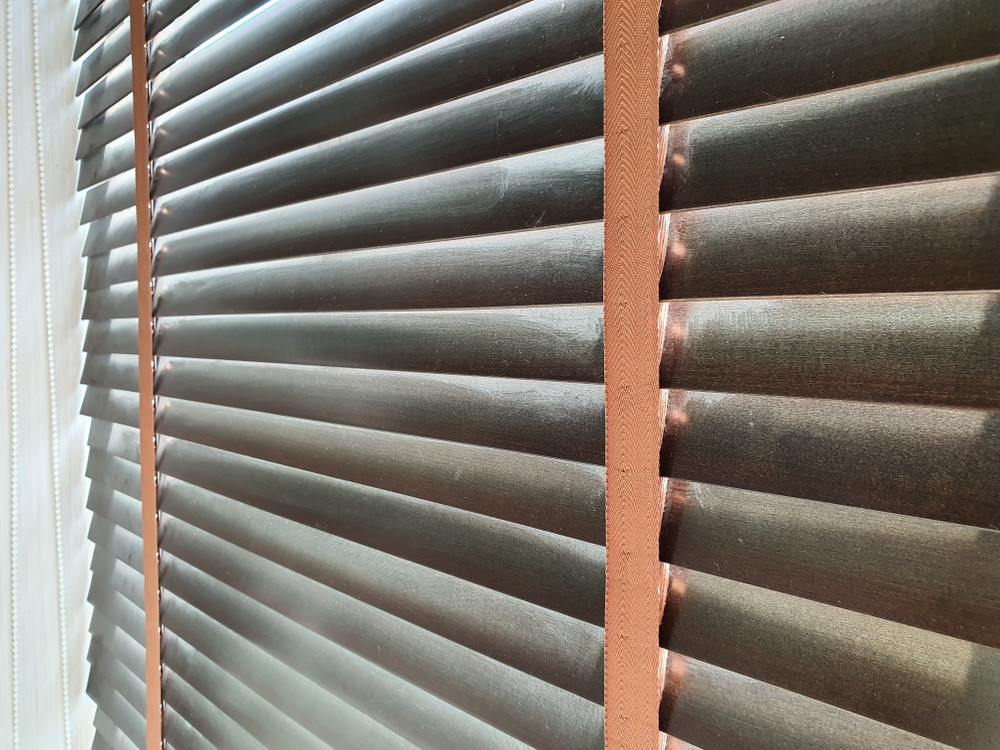
Cleaning Venetian blinds or mini-blinds can be extremely challenging, but white vinegar can help make that task infinitely easier.
You’ll need a white cotton glove, which is why this one is sometimes referred to as the “white glove treatment.”
Place the glove on one hand, and then moisten your covered fingers in a solution of equal parts hot water and white vinegar.
Now, slide your fingers across each side of all the slats – you’ll be amazed at how easily that gunk comes off.
In between cleaning, use a bucket or bowl of clean water to wash the fingers of the glove off to prevent all that dirt and grime from getting back onto the slats.
9. Remove water rings on furniture
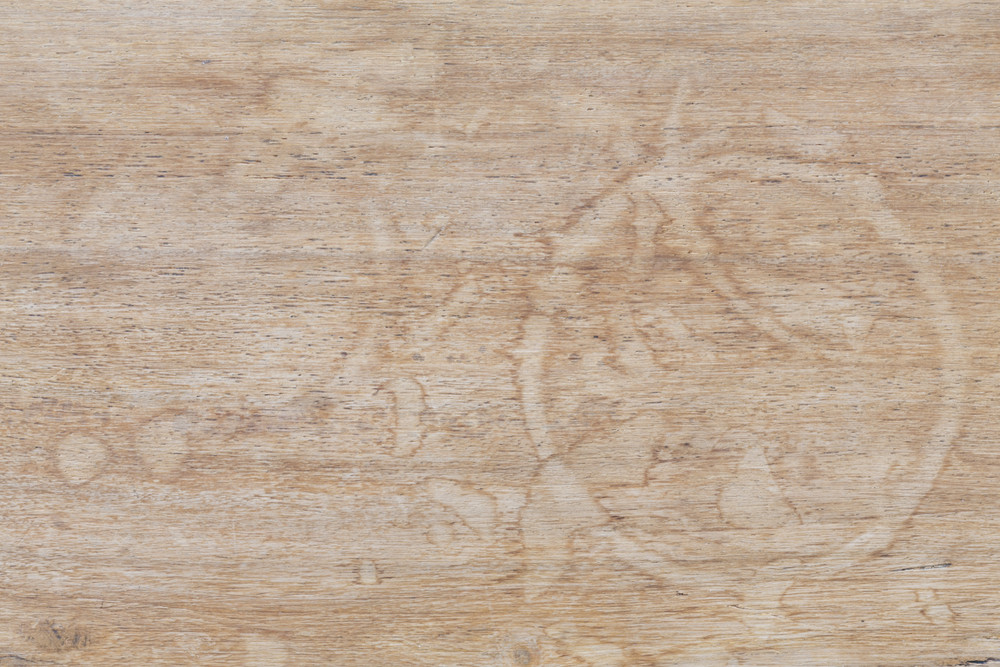
No matter how many times you remind people to use a coaster, inevitably, someone always ends up putting their glass directly on a coffee table or other furniture, leaving one of those seemingly impossible to remove water rings.
Fortunately, thanks to the power of white vinegar, it’s no longer impossible.
To remove those unsightly marks left by wet glasses on wood furniture, mix together equal parts of olive oil and white vinegar in a bowl or bucket.
Dab a soft cloth into the solution, and apply it onto the ring, moving with the wood grain.
You can also remove water rings from leather furniture, simply by dabbing them with a cloth or sponge soaked in full strength white vinegar.
10. Eliminate carpet stains
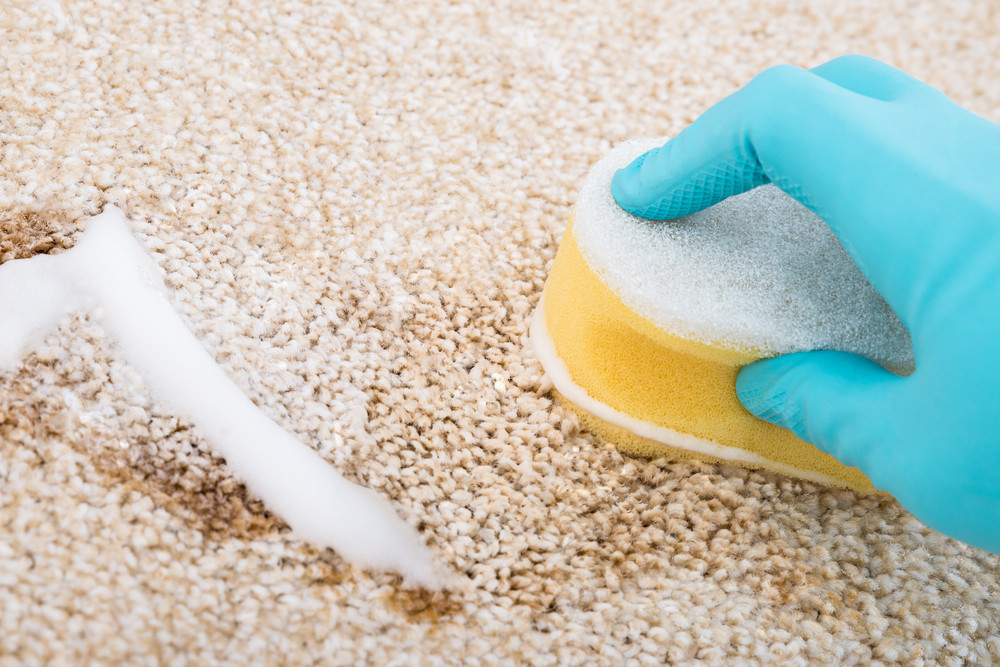
You can even remove the most stubborn carpet stains by using white vinegar.
For lighter stains, dissolve two tablespoons of salt, and then mix it into a half cup of white vinegar. Rub the mixture into the stain and allow it to dry.
Once dry, vacuum. For dark or larger stains, dissolve two tablespoons of salt and mix it into a half cup of white vinegar as before.
Add two tablespoons of borax to the mixture and use the same way, rubbing it into the stain and allowing it to dry before vacuuming.
For especially challenging stains such as ground-in dirt or grass, make a paste by mixing one tablespoon of cornstarch with one tablespoon of white vinegar.
Rub it into the stain using a dry cloth, and allow it to set for two days. After two days, vacuum.
You can also make a spray stain remover using white vinegar. To do so, fill up a spray bottle with five parts water and one part vinegar.
Now, fill up another spray bottle with five parts water and one part non-sudsy ammonia. Spray the stain with the vinegar solution until it’s completely saturated.
Let it set for several minutes and then blot it well using a clean, dry cloth,
Afterward, spray with the ammonia solution, again, allowing it to set for a few minutes first before blotting with a clean, dry cloth. Repeat until the stain has disappeared.
11. Get your laundry cleaner and brighter
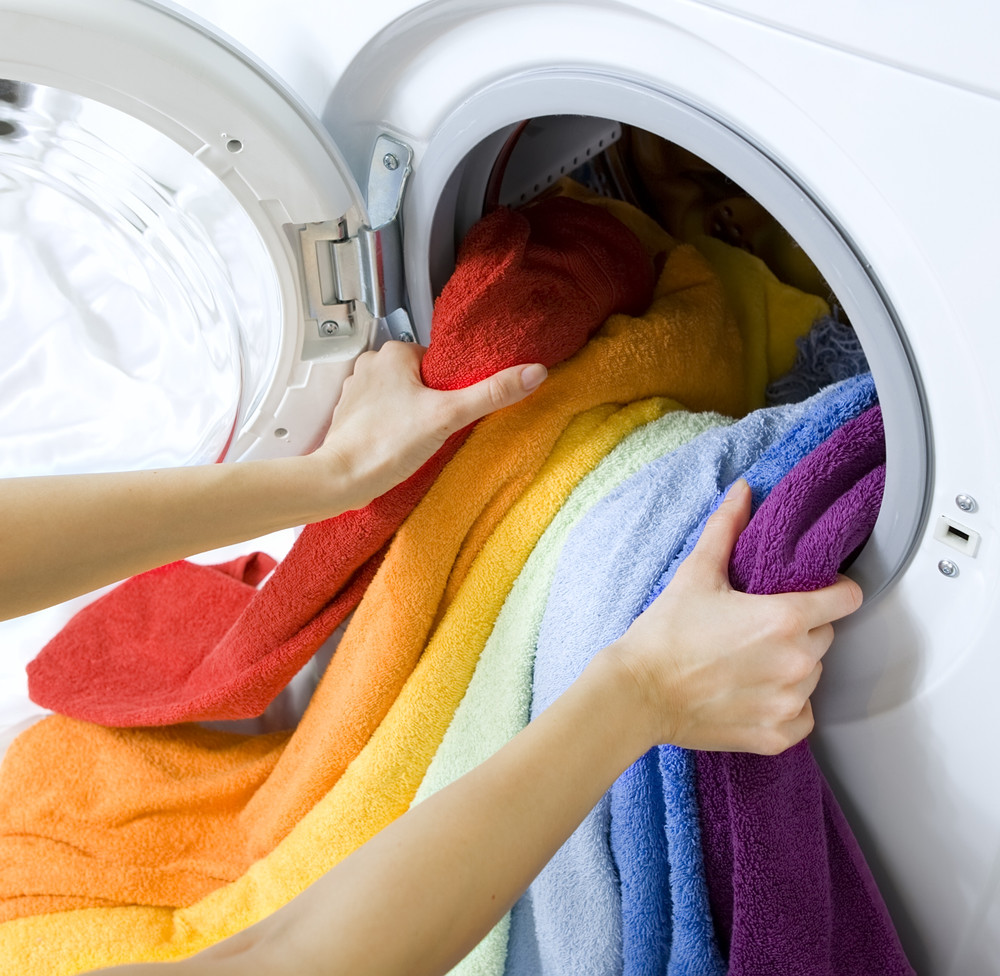
Using white vinegar while doing laundry can not only get your clothes cleaner and brighter, it reduces odors, whitens and softens – all without harsh chemicals.
Plus, it’s safe to use in all types of washers, even high-efficiency models, and it’s beneficial to the environment as well as septic tanks, unlike most chemical-filled products marketed to do the task.
Although the acetic acid in white vinegar is so mild that it won’t harm washable fabrics, it’s powerful enough to dissolve residues that are left by detergents and can dull clothing.
Simply adding a half cup to your final rinse will result in brighter colors and whiter whites.
If your washer has an automatic dispenser, add the white vinegar to the fabric softener dispenser, or add it manually at the start of the rinse cycle.
If you have especially dingy or stained white socks that are made of 100 percent cotton that you’d like to make white again, you can use vinegar for those too.
Add one cup of white vinegar to a large pot of water, and then heat it to boiling.
Put the socks (white dishcloths can be helped too) into the pot and let them soak overnight before laundering, as usual, the next day.
